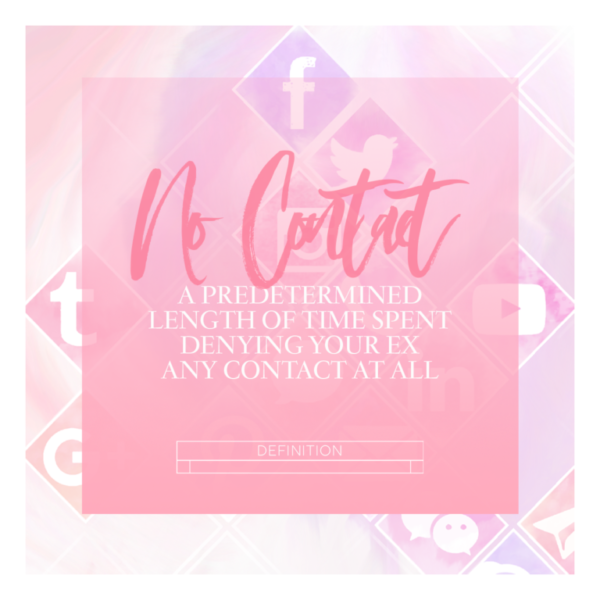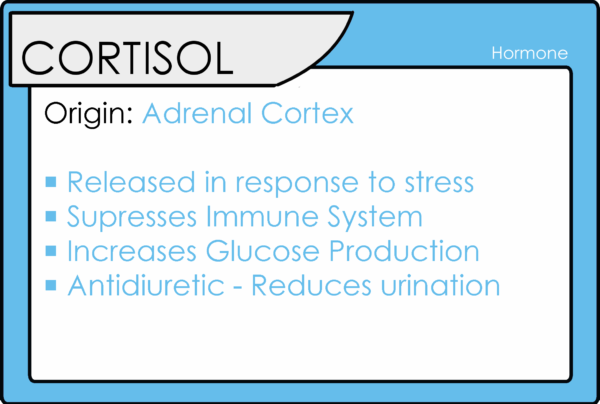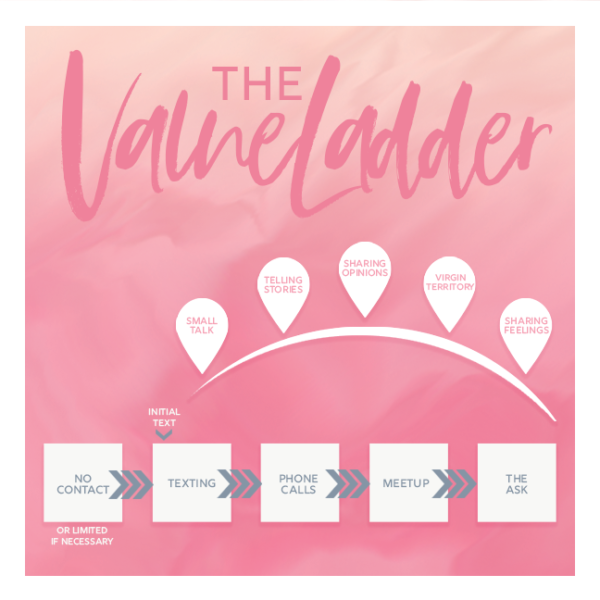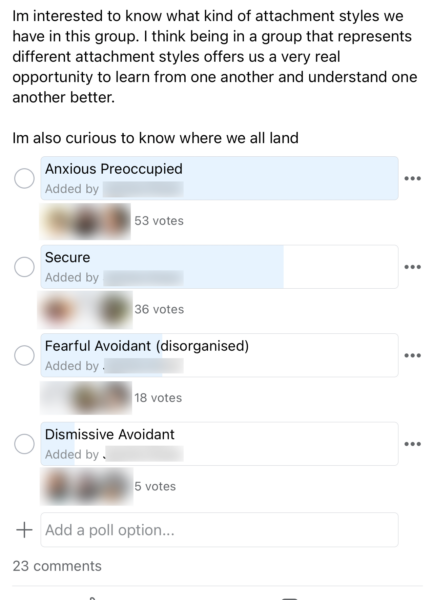I spent the last three hours trying to figure out why people are so hurt when there ex has moved on from them.
Ultimately I settled on one clear concept, comparative rejection.
But it got me thinking. Someone who is scouring the internet desperately trying to find out why they are so hurt that their ex has moved on probably doesn’t really know what to do after they find that information out.
So, in this discussion not only am I going to answer why I believe people are so hurt after their ex has moved on but I’m also,
- Going to show you what to do if you want to move on
- Going to show you what to do if you want that ex back
There’s room for both in the equation. Alrighty, let’s get started!

What Are Your Chances of Getting Your Ex Boyfriend Back?
Take the quizWhy You Are So Hurt That Your Ex Moved On:
There are many different ways that we can handle this, but if you’re going to hold my feet to the fire and ask me for the number one reason why you’re so hurt that your ex has moved on, it probably revolves around the concept of comparative rejection.
A few weeks ago, I wrote an article where I studied what types of breakups hurt the most, and I ultimately found a list of 11 types of breakups, which I then ranked from least hurtful to most hurtful.
What Type Of Breakup Hurts The Most? (From Least Hurtful To Most Hurtful)
- Outgrown Each Other Breakup: This comes first because, while it’s sad, there’s often an understanding that the breakup is a natural result of growth. It’s an almost inevitable part of life; people change, and not always in tandem with their partners. The pain stems from the loss of compatibility more than any personal betrayal.
- The Complacency Breakup: Here, the pain arises from monotony rather than acute incidents of harm. The relationship might feel like a habit rather than a source of joy or growth. The hurt is more about the loss of passion and intimacy over time.
- Mutual Breakup: This is typically one of the least painful scenarios since both parties are in agreement. The understanding between both parties can cushion the emotional blow.
- Toxic Relationship Breakup: While the end of such relationships is, in the long run, beneficial for the person’s well-being, the emotional scars and trauma make the process very painful. The pain isn’t just about ending the relationship; it’s also about healing from the damage it caused.
- Distance-Driven Breakup: This type of breakup is heart-wrenching because it’s often about external circumstances rather than a loss of love or respect. The feeling of “right person, wrong time” can haunt individuals for a long time.
- The “One that Got Away” Breakup: This breakup can be so painful because it’s often laden with “what ifs” and lingering feelings of regret. The person left behind often feels that they lost their one true chance at happiness.
- Blindsided Breakup: The suddenness and unexpected nature of this breakup amplify the pain. The person on the receiving end often feels disoriented, questioning the reality of their entire relationship.
- Trust-Breaking Event Breakup: Trust is fundamental in relationships, and when it’s broken, the foundation of the relationship crumbles. Whether repairable or not, the immediate aftermath is deeply hurtful.
- Move On To Someone Else Breakup: According to the Comparative Rejection concept, being left for someone else can be profoundly damaging to one’s self-esteem. It’s not just about losing a partner but also facing direct comparison and perceived inadequacy.
- Infidelity Breakup: The betrayal in infidelity runs deep. Not only is there a breach of trust, but the act of cheating can shatter one’s self-worth and belief in love.
- Death of a Partner: This is the most painful because it’s final. Unlike other breakups where there’s potential for reconnection in the future or closure, death is irrevocable. The grief intertwines with the love, leading to an immense emotional toll.
Now, the comparison in and of itself is a lot like asking you to explain what hurts more: getting kicked in the knee or getting stomped on the foot. Theoretically, every single one of the 11 breakups that I chose hurts.
Yet, statistically speaking, the most painful type of breakups always revolve around this concept of comparative rejection.
So, what is comparative rejection?
Well, it’s a concept that explores the deep-seated emotional turmoil and damage to your self-esteem that occurs when you are left, when your ex basically leaves you for another person. Ultimately, when this happens, you start comparing yourself to the new person, and there’s always a comparison where there is a perceived inadequacy happening during that process. So, if you’re facing this form of rejection, you’re going to often grapple with intense feelings of not being good enough. This can lead to an identity crisis, and you’ll start questioning your worthiness of love.
If you’ve ever wanted to see this in action, my recommendation is to watch the TV show “The Bachelor in Paradise.”
What makes this TV show interesting is that they’re getting all sorts of couples together on a beach, incredibly good-looking people. But anyone can date anyone, and it just creates this recipe for disaster where comparative rejection is rampant.
You have one person that is constantly obsessed with getting into a relationship with this other person. The other person doesn’t like them, they reject them, and start going on a date with someone else right in front of their face. And this creates a lot of tears, a lot of emotional angst. It gives rise to jealousy, depression, anxiety, trust issues, fear of commitment, and fear of losing a loved one.
Comparative rejection, I would argue, is why you’re so hurt that your ex has moved on.
And to further prove this point, I want you to look at the top three most painful breakups that I attached above.
- You have “moving on to someone else,” which is literally your ex breaking up with you and then moving on to someone else. That is comparative rejection, or that can trigger comparative rejection.
- There’s the infidelity breakup, which can also trigger comparative rejection.
In both of these instances, two of the top three are about comparative rejection. They’re all about your ex finding someone else that they think is better, or that they’re having feelings for, and you feeling inadequate.
In my mind, this pretty much answers the entire question of why.
What To Do If They Have Moved On And You Want To Move On Too:
So, what do you do if your ex has moved on and you want to move on too?
Well, I think it kind of starts with implementing a period of no contact.
The no contact rule is probably one of the most popular pieces of advice out there in the breakup industry. I’m really big on looking at the no contact rule not as a means to get your ex back or a means to make your ex miss you, but rather a means to prioritize your self-care, to start looking at a way that you can start outgrowing your ex.
In fact, I’ve found that most of our clients who adopt this mindset going into the no contact rule tend to have much better results than the clients that do not adopt this mindset and go into the no contact rule.
Yet, what’s interesting is I actually think if you want to move on from your ex, you need to do a longer period of no contact.

What Are Your Chances of Getting Your Ex Boyfriend Back?
Take the quizA few months ago, I interviewed this really wonderful psychologist named Julia Kristina. She’s based out of Vancouver, and we got along great.
We were just geeking out over all sorts of psychological concepts, and I point-blank asked her,
“Hey, what are your thoughts on the no contact rule?”
She had tons of really great things to say about it and how it can be a really great approach to getting over an ex and facilitate healing. But again, she reiterated what I had already learned, which is you need to prioritize yourself during the no contact rule. It’s all about breaking free of codependent tendencies. But then she said something that kind of shocked me. I asked her, “Hey, what are your thoughts on how long a no contact rule should be?”
Her response: 90 Days
Which, if you’ve looked at the official literature on this website, Ex-Boyfriend Recovery, you’ll find that I usually say no longer than 45 days without like a check-in. I’m just gonna quote her here.
So she says,
“Okay, so I’m basing this off of science and other areas. And so I’m kind of taking this and kind of turning it into a theory. I’m gonna say 90 days. When you think about 90 days, it’s the probationary period at a new job. That’s how long it takes to kind of get a handle on what’s going on on this new job, to start feeling settled, to understand what’s happening when it’s… That whole new level of newness. 90 days is what they say a lot of time, 90 days to establish a new habit in your brain. Although the theory is somewhat debunked, but you know, 90 days to break a habit, 90 days to really establish a habit.”
So her argument is to take a break from your ex for three months.
Yet, I would say that certainly, that’s something that you can do if you don’t want your ex back anymore. Generally speaking, I recommend 45 days if you do want your ex back, but we’re talking about a different scenario here. But this got me thinking about the nature of simply blocking your ex.
Should You Full Out Block Your Ex?
To be honest with you, I spent the last 30 minutes looking for some research that I stumbled across a few weeks ago, talking about why blocking your ex is actually the most healthy thing you can do in a post-breakup period if you want to get over your ex.
And I kind of… Well, I couldn’t find it. So, you’re gonna have to take my word for it a little bit.
But basically, the argument was like this:
Every single time that you’re engaging with your ex on social media, your cortisol levels take a hit, or they get triggered.
Cortisol is also known as the stress hormone. When your cortisol levels are triggered, It just prolongs your yearning and longing after a breakup. It can prolong that comparative rejection that we were talking about above, and so by cutting your ex off on social media or even blocking them, you’re removing the reminders.
This is actually the quickest way to help you get over the ex.
Now, in some cases, blocking an ex is impossible, which is why I think 90 days is probably a great approach to doing that.
But I would argue this: if you’re debating whether or not you want to cut off social media contact with your ex, being friends with your ex on Facebook, for example, gives you some information on them.
You’re going to get continued access to that information about your ex. You’ll notice what they’re doing with the new person, what they’re doing with their life. You’ll see everything that they’re up to: every post that they make, every photo that they upload, every story that they film, what have you.
What’s also going to happen is it’s going to elicit a reaction from you about your ex.
It’s going to probably trigger that cortisol level to be higher and higher. And then it also creates the opportunity for you to engage with your ex, which is sort of breaking the no contact rule when you’re not supposed to break it.
So here’s the hard, fast rule you should have on whether or not you should block your ex or unfollow them or whatever: will having information about your ex with the new person improve your quality of life? If the answer to that is no, then you probably should block them or cut them off on social media for your own sanity.
Now, let’s move on and talk about what to do if your ex has moved on to someone else and you want them back.

What Are Your Chances of Getting Your Ex Boyfriend Back?
Take the quizWhat To Do If They Have Moved On And You Want Them Back:
Now, I could start by pointing to our work with the value ladder and how that’s such an important concept to approach,
But I actually think the more relevant thing that we should be talking about here is the being there method.
So, the being there method is something that we created for individuals who desperately wanted their exes back, but their exes had moved on to someone else. The best way to describe the being there method is that it’s like purposely friend-zoning yourself. After you have worked on yourself and become more secure within yourself, you friend-zone yourself with your ex and then just keep interacting with your ex. The new person grows jealous with the connection that your ex has with you or the emotional support that your ex is seeking from you, as opposed to them, which can ultimately lead to that relationship imploding. All you are doing is you’re just being present; you’re just being there.
Here’s a video I did on it a few years ago,
Of course, the being there method only works if you start adopting more secure habits in your own life.
Now, what do I mean by that?
Well, we know from research that our average clients tend to have anxious attachment styles.
This means they tend to freak out when they get abandoned, or the threat of abandonment freaks them out. They grow incredibly anxious, constantly seek reassurance, and do everything that can kind of turn people off.
Understanding the Being There Method
The first and foremost thing to grasp when considering the implementation of the being there method is the necessity of adopting more secure habits in your life. This understanding is crucial, as the method’s effectiveness hinges on it.
Initiating the Process with No-Contact
The journey begins with the no-contact rule, a phase dedicated to overcoming the emotional turmoil of the breakup. During this time, it is vital to come to terms with the possibility that reconciliation may not occur—and that’s perfectly okay.
Giving It Time
Following the no-contact rule, it’s important to allow a sufficient amount of time before reinitiating contact with your ex. A common mistake is to opt for a shorter no-contact period, such as 21 days.
However, this can be counterproductive, as your ex is likely still in the honeymoon phase with their new partner during this time, and any attempt to reach out may be met with resistance. On the other hand, extending the no-contact period to 45 days changes the dynamics, positioning you as a friend rather than an adversary. This shift can potentially lead to jealousy from the new partner, especially if you maintain a secure attachment and rise above petty conflicts.
Evaluating the Moral Implications
At this juncture, it’s crucial to reflect on the moral implications of pursuing someone who has moved on. This decision is deeply personal and requires careful consideration. In the immediate aftermath of a breakup, it’s common to desire reconciliation. However, as you embark on a journey of self-healing and personal growth, your perspective may shift. You might find that moving on and seeking new relationships aligns better with your newfound sense of security.
Focusing on Personal Growth
The crux of the being there method isn’t the act of being present in your ex’s life; rather, it’s the personal transformation that occurs beforehand. Overcoming the breakup and reaching a state of acceptance and security is paramount.

What Are Your Chances of Getting Your Ex Boyfriend Back?
Take the quizThis is especially true considering that many ex-partners tend to exhibit avoidant attachment styles, making them more likely to reconsider the relationship when they believe reconciliation is out of reach.
Therefore, prioritizing your well-being and working on getting over your ex should be your primary focus before even contemplating the prospect of getting back together.




Amanda
June 26, 2025 at 10:31 am
Hi, my name is amanda i caught my boyfriend sleeping with someone on our bed. I am the owner of the house. He do not have a job. He only sit at home doing nothing, he do not do any house chores all he do is to litter the house. He was the one to break up with me. He said i am ugly that the person i caught him with is beautiful. Did you know that the lady is a prostitue. She left him because he have no money. Did you know that this man is a coconut and tigernut seller. The day before yesterday, i went to the market to buy food stuffs and tigernut and coconut to make tigernut milk. I did not see any body so i saw a man inside his shop selling it, i went to the man to buy, he was even the one to reconise me first. He begged me that even if i do not want to do relationship with him i should give him money, i told him that when i was with him why did he not sell what he is selling now. I went to my car and gave him thirty thousand with the money i bought the coconut and tigernut. He thanked me and he said goodbye.